MIDWEST RAILROAD
Minnesota Commercial Railway: Twin Cities’ 86-Mile Shortline Connects All Four Class I Railroads and Powers Regional Industry Growth
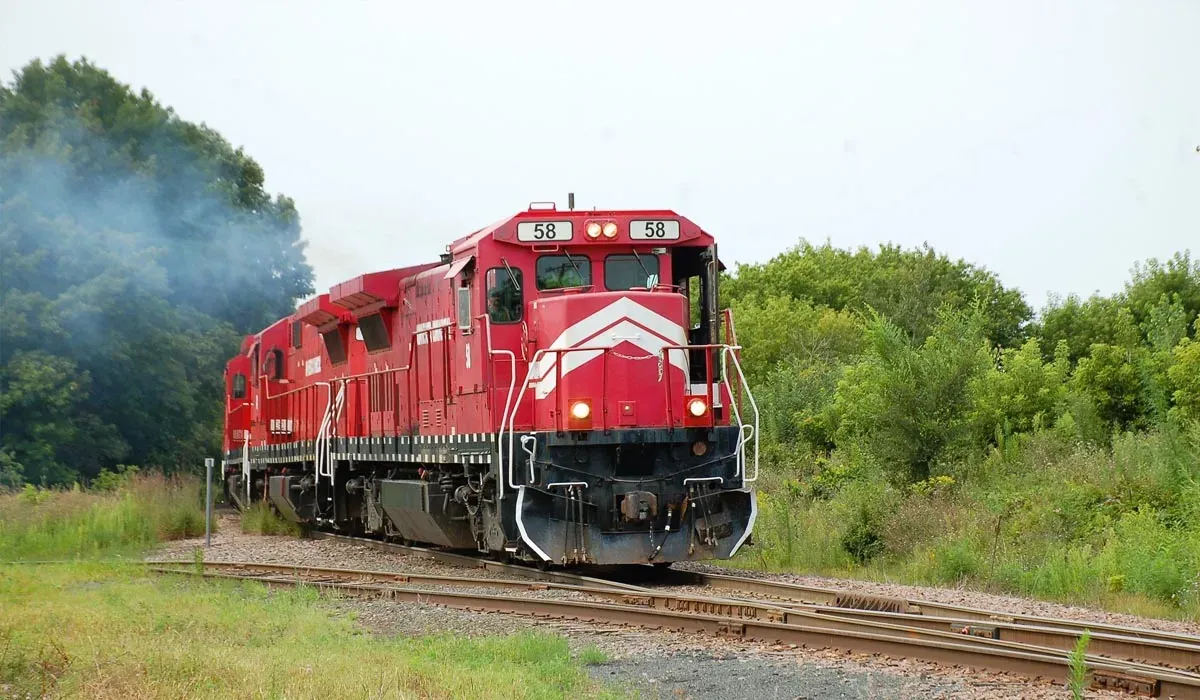

Minnesota Commercial Railway operates one of North America's most extensive shortline freight rail networks, connecting businesses across the Twin Cities region of Minnesota with safe, efficient, and environmentally responsible transportation solutions. The railroad manages 86 miles of track, serving Minneapolis, St.
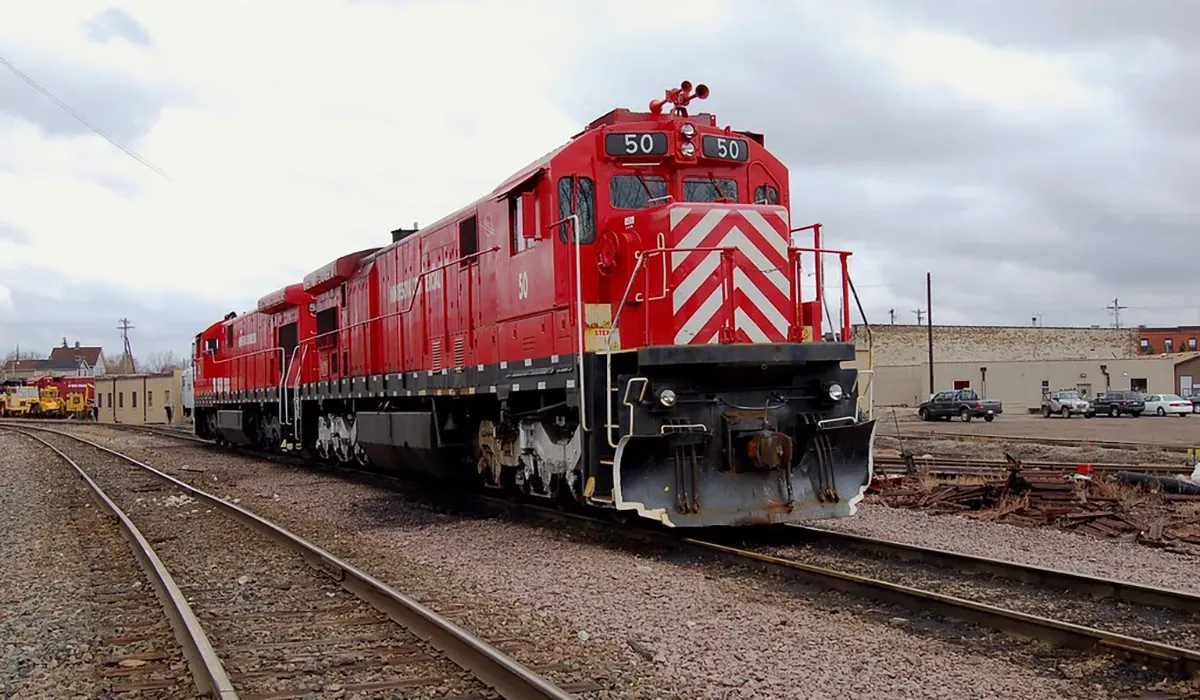
FOUNDING HISTORY & ORGANIZATIONAL STRUCTURE
Founded in 1987 by John Gohmann, Minnesota Commercial Railway was established to take over operations from the Minnesota Transfer Railroad, which had been jointly owned by major railroads serving the Twin Cities. The original purpose was to provide efficient switching and terminal services for the region’s industrial base, and there have been no major mergers since its founding, though it was acquired by Regional Rail, LLC in June 2025..
HEADQUARTERS & OPERATIONAL BASES
The company’s headquarters is located at 508 Cleveland Avenue North, St. Paul, Minnesota.

LEADERSHIP & EMPLOYEES
Becky Gohmann serves as President of Minnesota Commercial Railway, continuing the legacy of her late husband, John Gohmann, who founded the railroad. The executive team also includes a Chief Operating Officer with extensive experience in shortline operations, a Chief Financial Officer with a background in transportation finance, and a Director of Safety and Compliance who oversees regulatory adherence and employee training.
Minnesota Commercial Railway employs approximately 75 people, with about 60 being skilled craftspeople, maintenance workers, and service teams. The workforce is predominantly local, and the company emphasizes operational safety and ongoing technical training.
FACILITIES & OPERATIONS
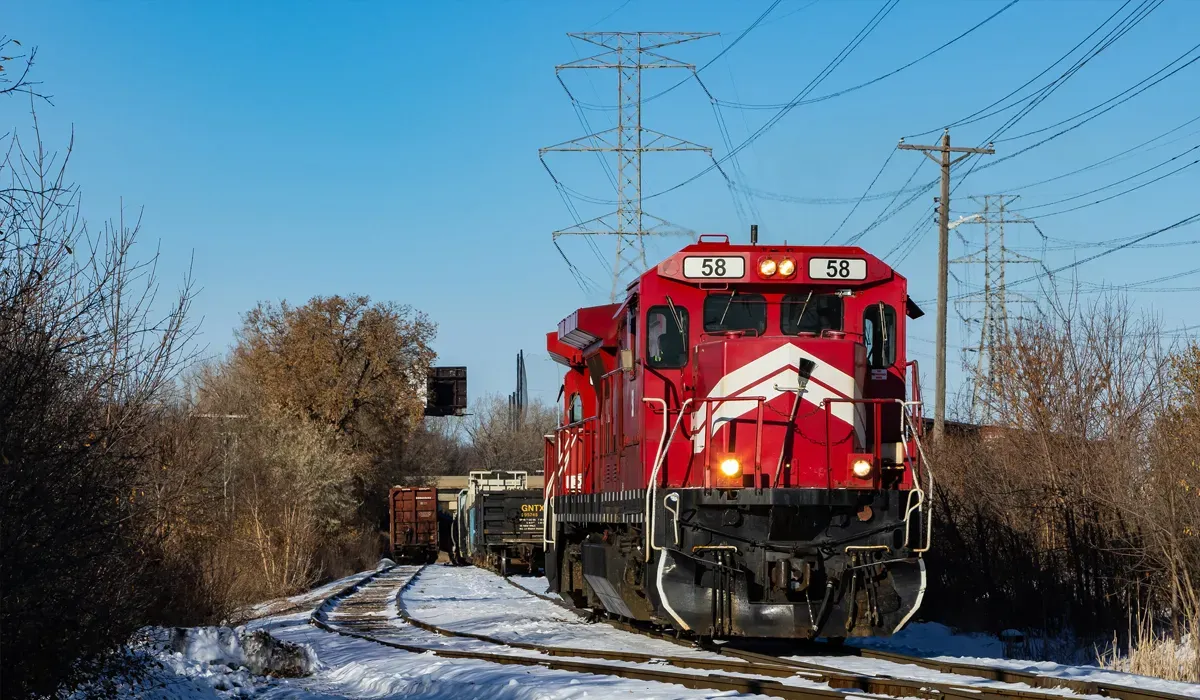
Major facilities include the main yard and roundhouse in St. Paul, a small yard in New Brighton, a transload facility in Hugo, and grain elevator sidings along Minnesota State Highway 55 near the METRO Blue Line. The railroad also operates Commercial Transload of Minnesota, which provides warehousing and transloading services to manufacturers in the region.
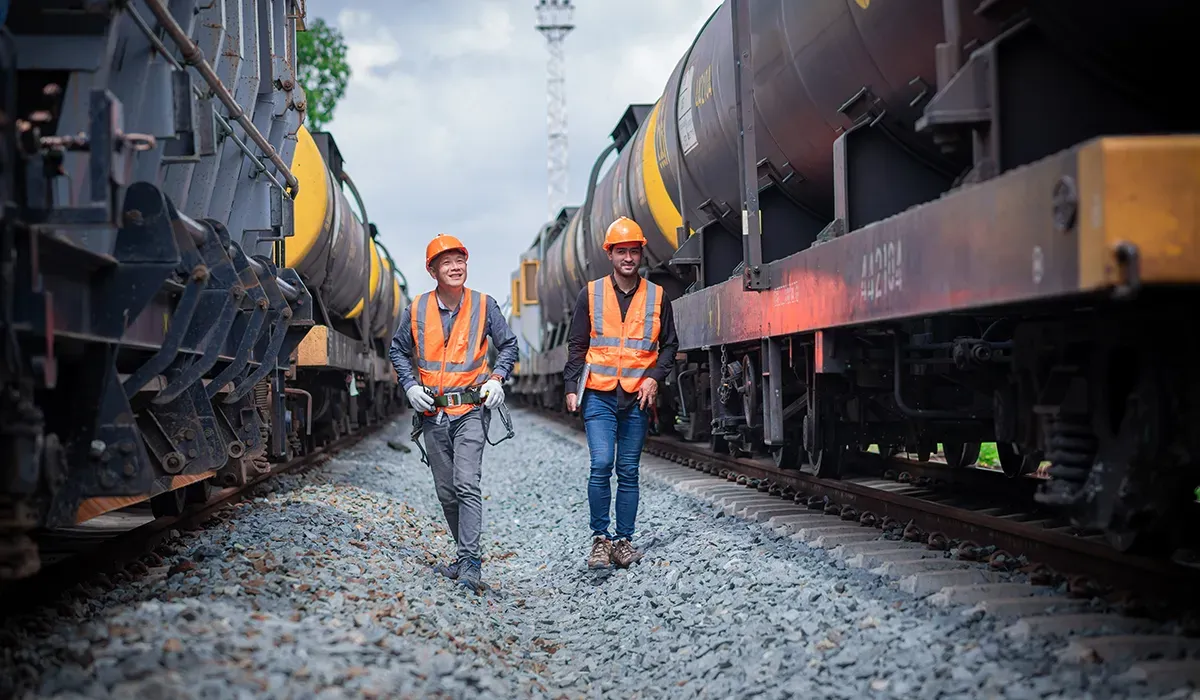
Minnesota Commercial Railway maintains full compliance with Federal Railroad Administration safety standards and has received local safety awards for its operational record. The company is working toward ISO 9001 certification for quality management and has implemented environmental best practices in line with state and federal guidelines.
EQUIPMENT & INFRASTRUCTURE
The railroad handles a variety of container types, including boxcars for general freight, tank cars for chemicals and fuel, covered hoppers for grain and plastics, and flatcars for lumber and steel. Intermodal containers are handled through transload operations, with capacities tailored to customer requirements.
Minnesota Commercial Railway uses a modern dispatching system for train control and tracking, along with electronic waybill management. Customers have access to a secure online portal for shipment tracking, billing, and service requests, and the company is piloting an API integration platform for larger shippers to automate order and status updates.
The railroad’s geographic scope is focused on the Minneapolis-St. Paul metropolitan area, with 86 route miles serving key industrial corridors in Minnesota. It interchanges with all four Class I railroads—BNSF, Canadian Pacific Kansas City, Union Pacific, and Canadian National—as well as the Twin Cities & Western Railroad.
Strategic partnerships include direct interchange agreements with the major Class I railroads, as well as collaborative relationships with local warehousing and logistics providers. The company’s Commercial Transload of Minnesota subsidiary extends its reach into warehousing and trucking for regional manufacturers.
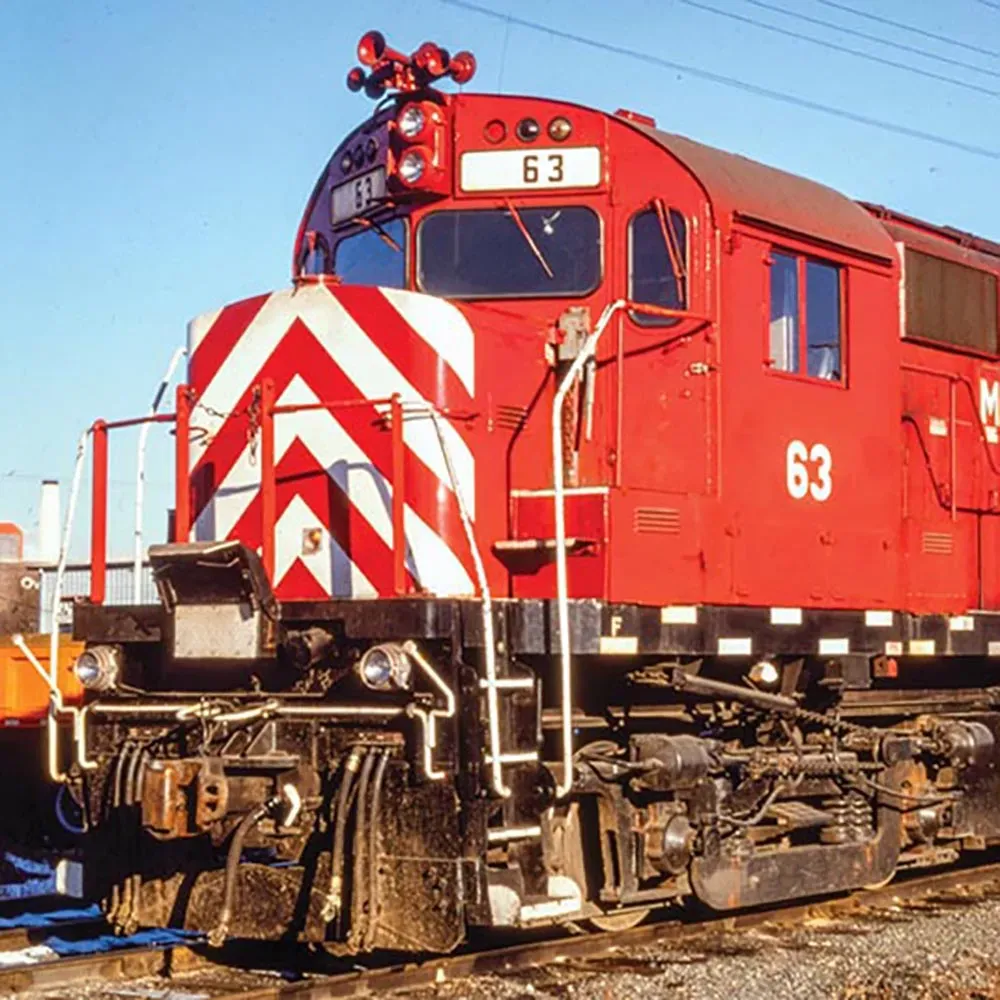
FINANCIAL METRICS & STABILITY
In 2024, Minnesota Commercial Railway reported a pre-tax profit of $4.2 million on revenues of $28 million. The company’s operating ratio improved to 78 percent, reflecting enhanced operational efficiency.
Recent capital investments include a $3 million upgrade to yard infrastructure in St. Paul in 2023 and the acquisition of new transloading equipment for Commercial Transload of Minnesota in 2024. The acquisition by Regional Rail, LLC was completed in June 2025, expanding the company’s resources and network connections.
SERVICE PORTFOLIO

Minnesota Commercial Railway offers a range of logistics services, including full container load and less than container load shipments. Additional services include warehousing, transloading, customs brokerage, trade compliance consulting, and cargo insurance, supporting a diverse customer base in the Twin Cities region.

The company has launched a new customer portal to enhance self-service capabilities and improve day-to-day activities for its clients. Additionally, Minnesota Commercial Railway offers an API Center to facilitate seamless integration with customer systems, supporting real-time shipment tracking and electronic billing.
INDUSTRY REPUTATION & NEWS
Minnesota Commercial Railway is actively working to enhance operational efficiency and service quality. The company has implemented automated obstacle scanners at its main yard and loading parks to improve safety and efficiency in handling intermodal containers. The recent acquisition by Regional Rail, LLC is expected to bring further investment in technology and infrastructure.
Minnesota Commercial Railway’s Site Certification Program has identified optimal rail-served sites and conducts in-depth reviews to ensure readiness for development. This program aims to minimize development risks for customers and enhance supply chain efficiency, and the company has received local recognition for its safety and environmental initiatives.
ANALYSIS & FUTURE OUTLOOK